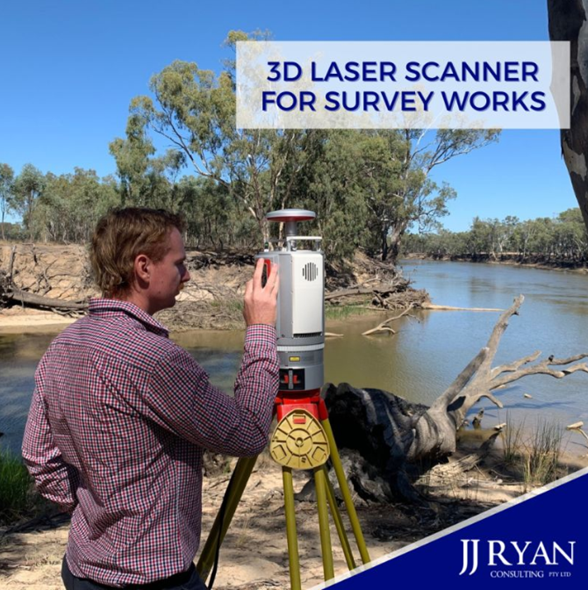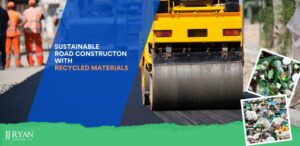Using drones (including Unmanned Aerial Vehicles, Underwater Vehicles and Land Based Vehicles) and laser scanners to capture data and reduce life cycle costs is an innovative approach that is becoming increasingly popular in a variety of industries, including construction, engineering, and asset management.
JJ Ryan Consulting (JJR) own, operate and maintain high-tech equipment such as drones and laser scanners to increase the accuracy and efficiency of data collection for asset management; with the benefit of reducing life cycle costs.
Data capture
Drones equipped with cameras or sensors can be used to fly over a site and capture high-resolution images or video. These images can be used to create detailed maps or 3D models of the site, which can be used for a variety of purposes, such as design, planning, and progress tracking.
JJR have undertaken thousands of sports field lighting inspections, as well as hundreds of bridge inspections using our drones which has saved clients significant costs relating to elevated work platforms (EWPs) and other working at height requirements.

Figure 1 – Asset Inspection of Sports Field Lighting Infrastructure
Lidar (Light Detection and Ranging) laser scanners can be used to develop detailed 3D models of a site by emitting laser pulses and measuring the time it takes for the pulses to bounce back. This allows the laser to create a highly accurate map or digital twin, including features such as buildings, roads, vegetation and other features typically captured during feature surveys.
JJR’s team have used our Riegl laser scanner to develop 3D models of bridges and buildings as well as utilised the equipment on civil infrastructure projects to rapidly decrease the required time on site whilst ensuring a high level of information accuracy.

Figure 2 – JJR’s laser scanner in action
Reducing life cycle costs
Drones and laser scanners can be used to reduce life cycle costs via the following:
- Inspecting assets more efficiently and safely. Instead of sending a team of workers to inspect an asset, such as a bridge or a building, a drone can be used to quickly and safely capture high-resolution images or video of the asset. This can help to reduce the time and cost of inspections, as well as the risk of incidents and ensure asset management can plan preventative and reactive maintenance efficiently.
- Monitoring progress and identify issues more quickly. By using drones and laser scanners to capture regular updates on a project site, project managers can identify any issues or delays more quickly and take corrective action. This can help to reduce the time and cost of completing a project.
- Creating more accurate estimates and reduce the risk of cost overruns. By using drones and laser scanners to capture detailed information about a site, a managers can create more accurate estimates of the time and resources needed to complete a project. This can help to reduce the risk of cost overruns and ensure that a project stays within budget.
Other considerations
There are some challenges to consider regarding the use of drones and laser scanners, including:
- Cost: Drones and laser scanners can be expensive to purchase and operate, which can be a challenge for some organisations that do not use them regularly. The cost of using drones and laser scanners can be outsourced to organisations such as JJR who already own and operate the equipment on a daily basis.
- Regulations: There are various regulations surrounding the use of drones, which can vary depending on the location and purpose usage. Drone operators need to be trained (and where required, licenced), including having aware of relevant regulations to ensure compliance with local requirements.
- Data privacy: The use of drones and laser scanners to capture data raises issues around data privacy, especially if the data is being collected in public spaces or areas where people may have a reasonable expectation of privacy.
Summary
In conclusion, using drones and laser scanners to capture data and reduce life cycle costs is an innovative approach to a traditional problem. If the cost and regulations of adopting these methods are standing in the way, consider engaging a third-party such as JJR to assist with managing your assets and/or projects.














